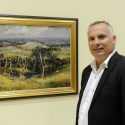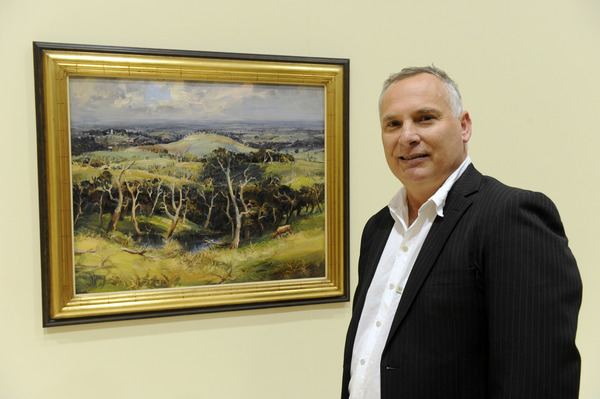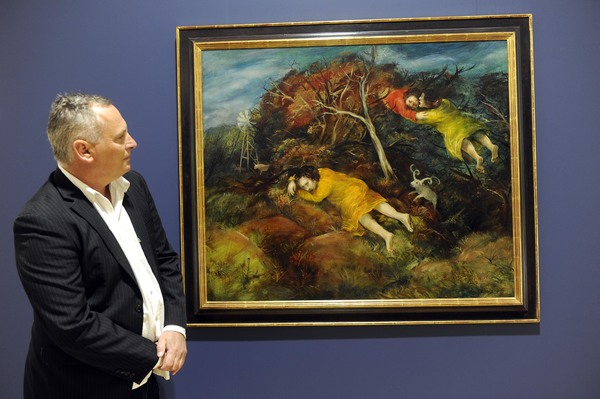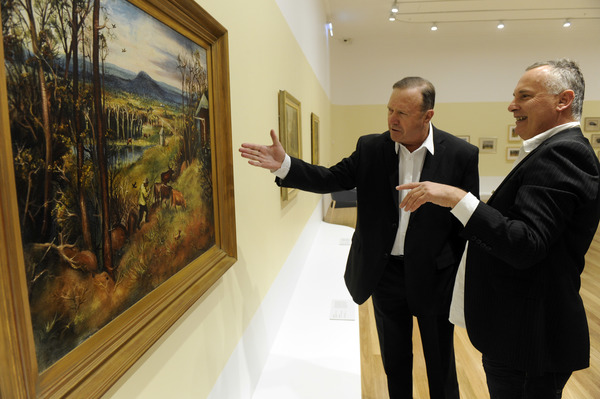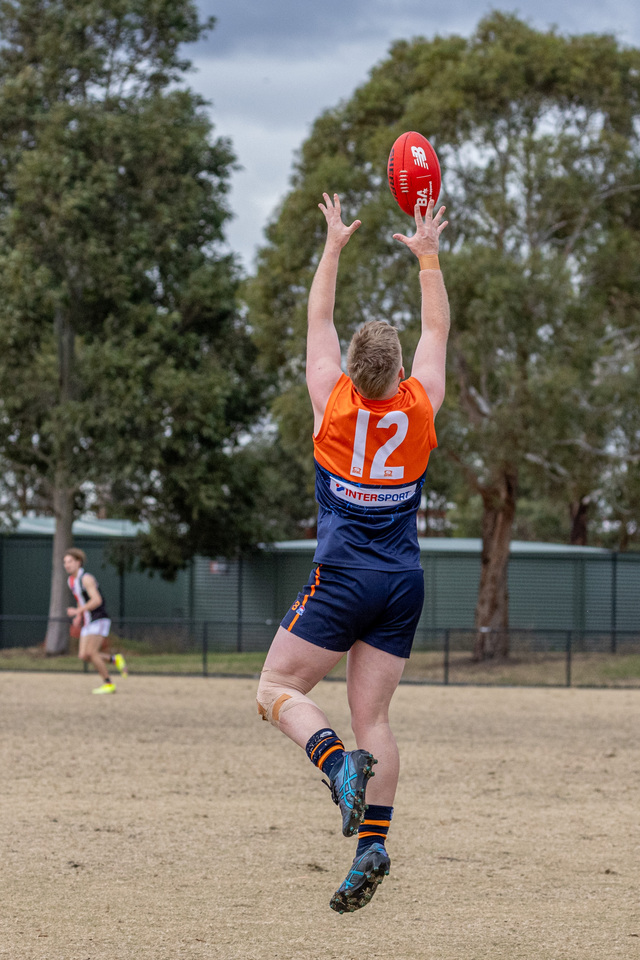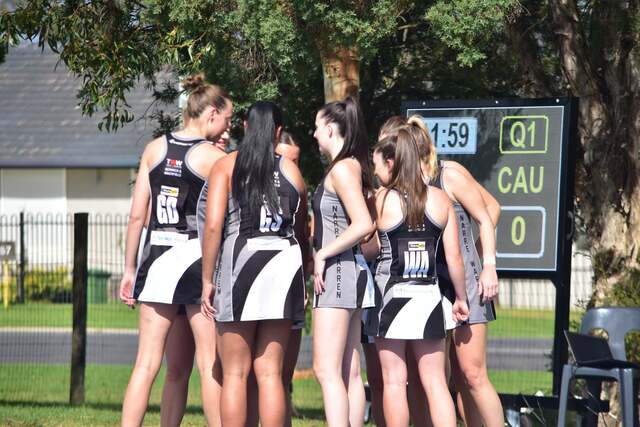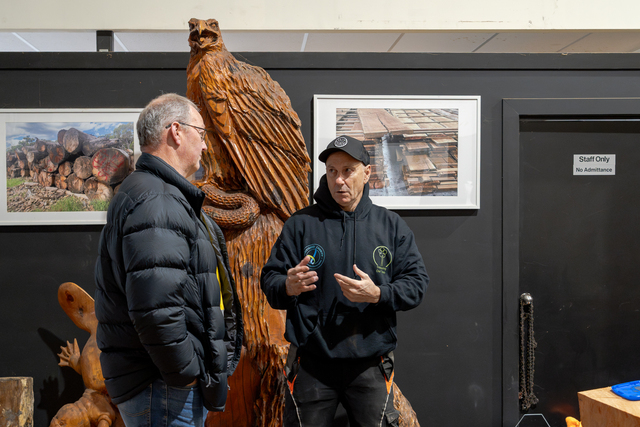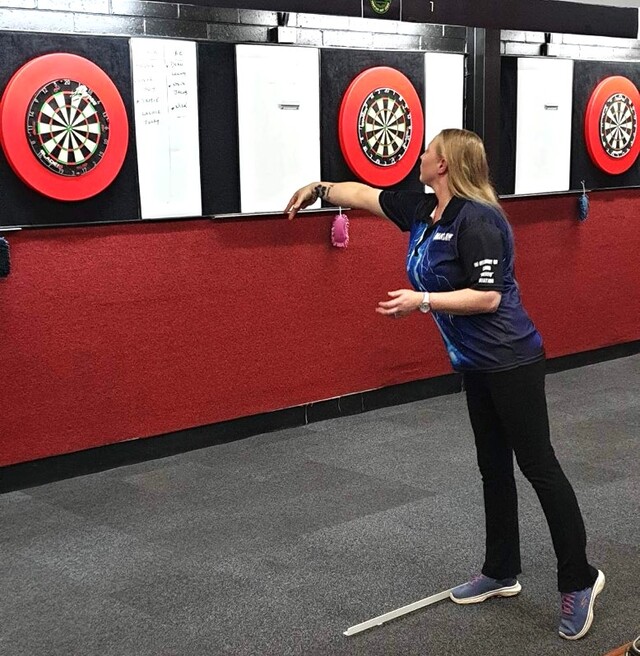By Cam Lucadou-Wells
Many will recognise the hilltop views depicted by the late, great Australian painter Arthur Boyd from his family’s former homestead in Harkaway.
In the 1960s, there were hopes that the home known as The Grange would be an art museum.
Sadly, after years of neglect, it was demolished in 1967.
The story of the 100-year home and the magnificent Boyd works however live large in a significant Bunjil Place exhibition, Home of the Boyds: Harkaway and The Grange.
The show is rich with 55 works created at the home, including a Boyd mural The Prodigal Son salvaged from the home’s dining room and reconstructed from fragments.
The mural, cast in concrete, and weighing 20 tonnes, is on loan from the National Gallery of Australia in Canberra.
The other works have been sourced over the past two years from throughout Australia including the Bundanon Trust and the Kerry Stokes Foundation.
“We wouldn’t have been able to borrow all of these works without this wonderful new facility at Bunjil Place,” guest curator Rodney James said.
Guest curator Rodney James researched the subject extensively.
It’s the first time this pocket of local and Australian art history has been told in detail, he says.
He explored the origin of the great Boyd family of painters, sculptors, writers and architects in Berwick and its surrounds, as well as its union with the à Beckett family establishment.
“The Grange at Harkaway was one of the most significant of the Boyd family havens.
“It was pivotal to their attachment to nature and the development of their attitudes to Australia.”
The Grange was built from clay, dug up from on-site because its location was too steep for the cartage of bricks. From its lofty hilltop, Port Phillip Bay could be clearly seen.
In 1948, writer Martin Boyd bought the property, re-establishing it as the main family home.
In the next two years, Arthur stayed and created four murals as well as his ‘Berwick series’ of paintings – many of which feature in the Bunjil exhibition.
When Martin left for Europe, the home was sold to a nearby quarry. It fell into disrepair, attacked by vandals and quarry blasts.
There was popular but ill-fated support to save the home from demolition.
The idea of an art museum was mooted at Monash University, with works promised by Boyd’s friends, artists and people of influence.
It could have been such a treasure – a “Bundanon of the east”, as Mr James puts it.
Mr James has seen gallery visitors swell with pride, many recognising the fields and ranges in Boyd’s paintings.
“The region has changed dramatically,” he said.
“But you still get the feel of these characteristic hills.”
Home of the Boyds: Harkaway and the Grange is at Bunjil Place, 2 Northeast Drive, Narre Warren until 29 July.
For details on a series of related talks and workshops, go to bunjilplace.com.au.

